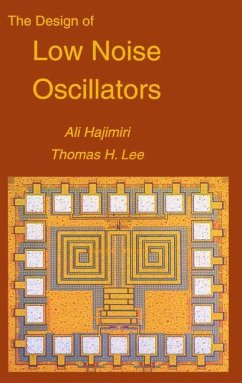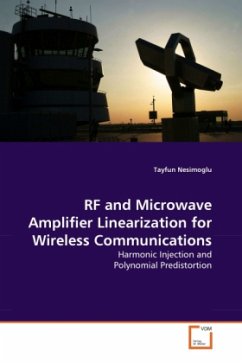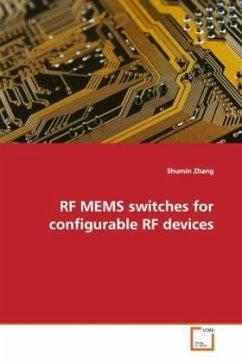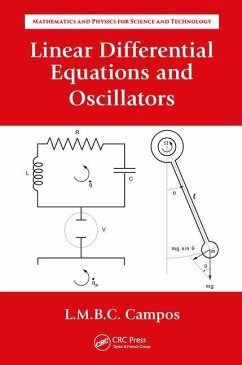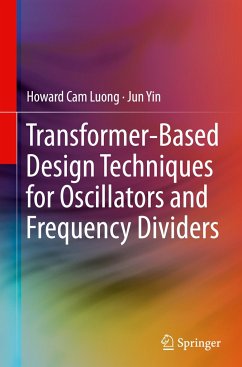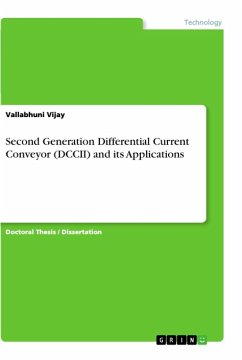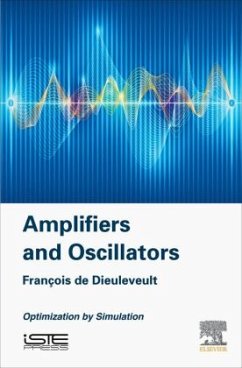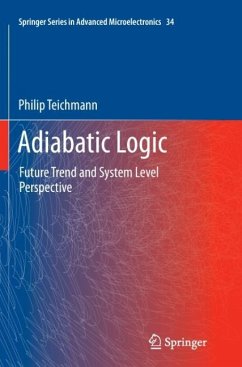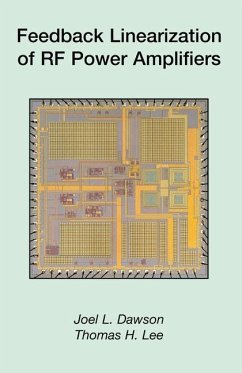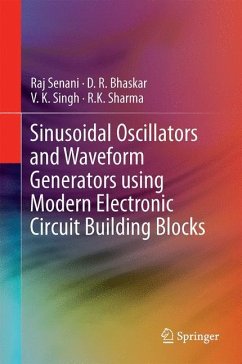
Phase Noise in RF Oscillators
Models and Analysis
Versandkostenfrei!
Versandfertig in 6-10 Tagen
39,99 €
inkl. MwSt.

PAYBACK Punkte
20 °P sammeln!
In this book an analytic treatment of Phase Noise in oscillators is given. Langevin equations for both white noise and flicker noise are analysed. The book starts with an introduction to the topic and introduces the reader to various models like LTI and LTV models. For white noise simple Langevin equations are dveloped which then lead to simple closed form solutions. For flicker noise a trap level model is used for the analysis. Theanalysis results in closed form expressions with certain approximations. The contribution of buffer or output stage of an oscillator is also analyzed. The proposed ...
In this book an analytic treatment of Phase Noise in
oscillators is given. Langevin equations for both
white noise and flicker noise are analysed. The book
starts with an introduction to the topic and
introduces the reader to various models like LTI and
LTV models. For white noise simple
Langevin equations are dveloped which then lead to
simple closed form solutions. For
flicker noise a trap level model is
used for the analysis. The
analysis results in closed form expressions with
certain approximations. The contribution of
buffer or output stage of an oscillator is also
analyzed. The proposed model is compared with a
popular harmonic balance simulator and a reasonable
agreement is obtained between simulator and theory.
oscillators is given. Langevin equations for both
white noise and flicker noise are analysed. The book
starts with an introduction to the topic and
introduces the reader to various models like LTI and
LTV models. For white noise simple
Langevin equations are dveloped which then lead to
simple closed form solutions. For
flicker noise a trap level model is
used for the analysis. The
analysis results in closed form expressions with
certain approximations. The contribution of
buffer or output stage of an oscillator is also
analyzed. The proposed model is compared with a
popular harmonic balance simulator and a reasonable
agreement is obtained between simulator and theory.



